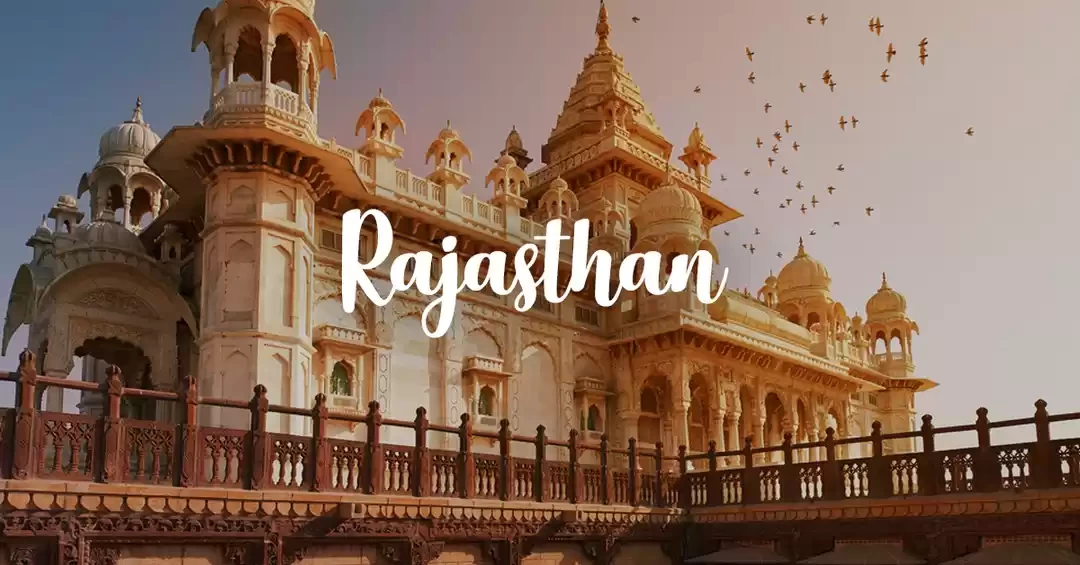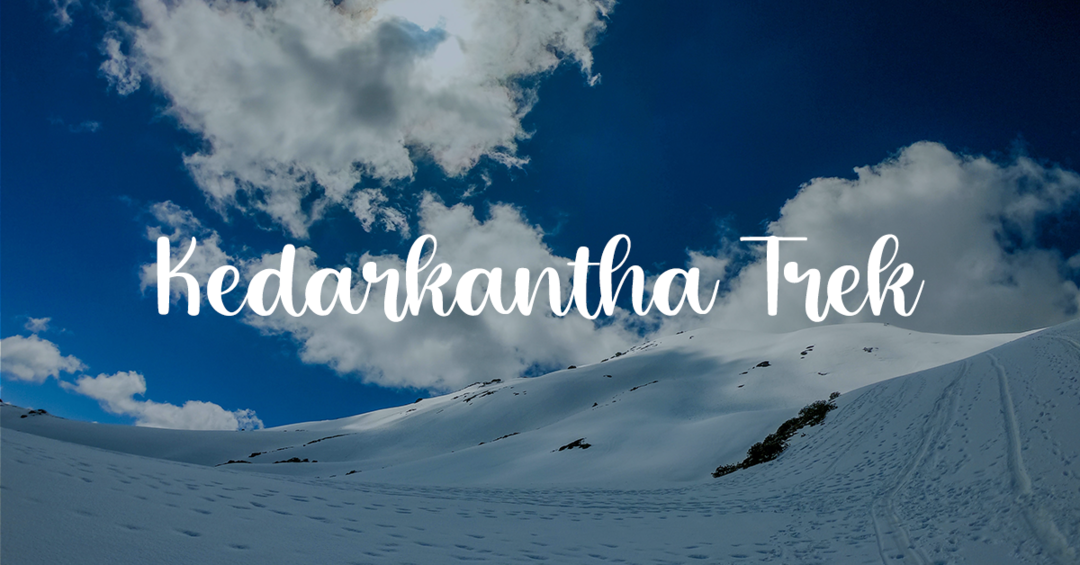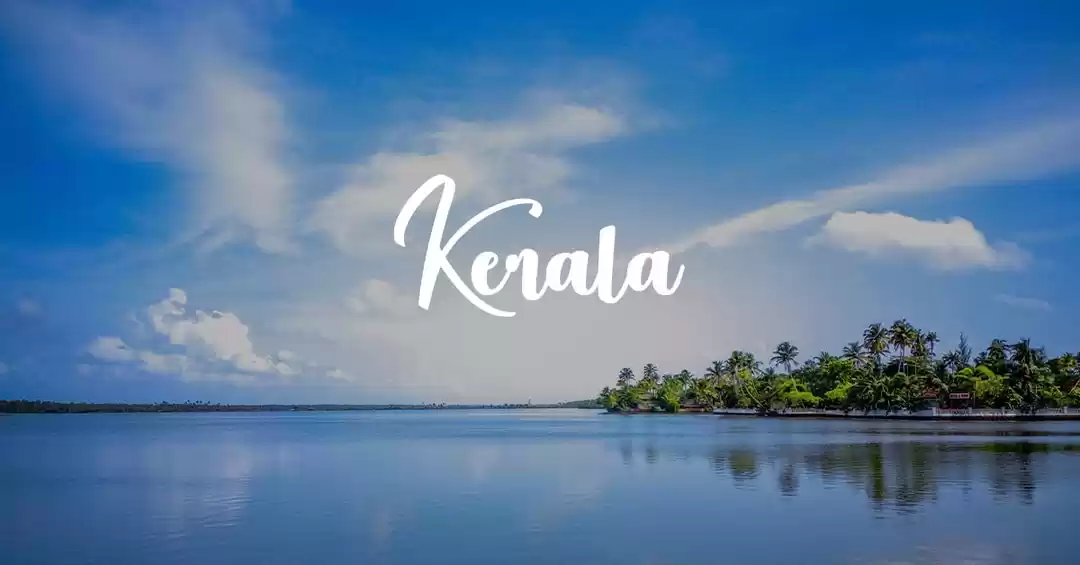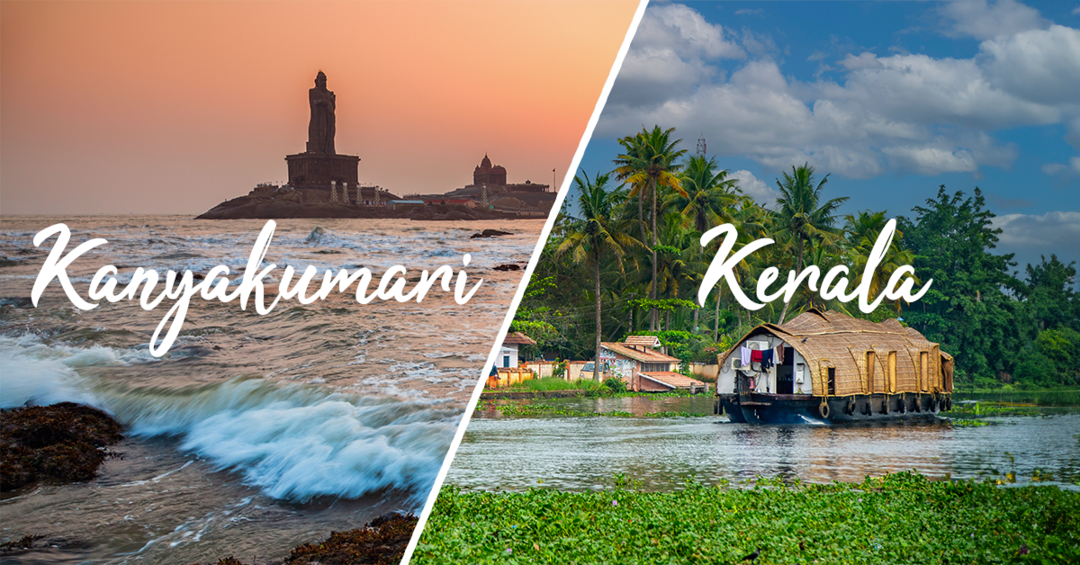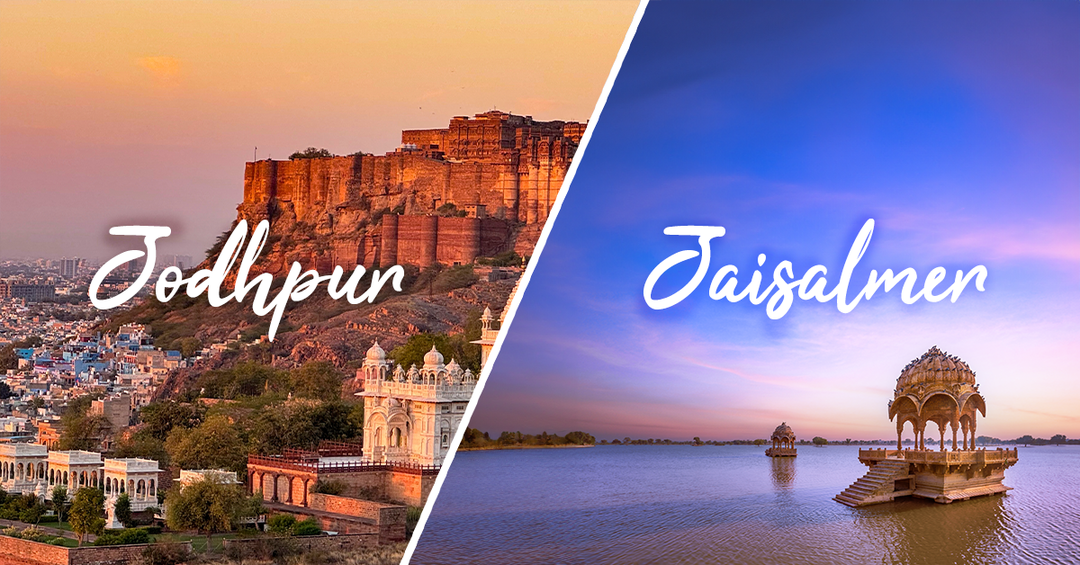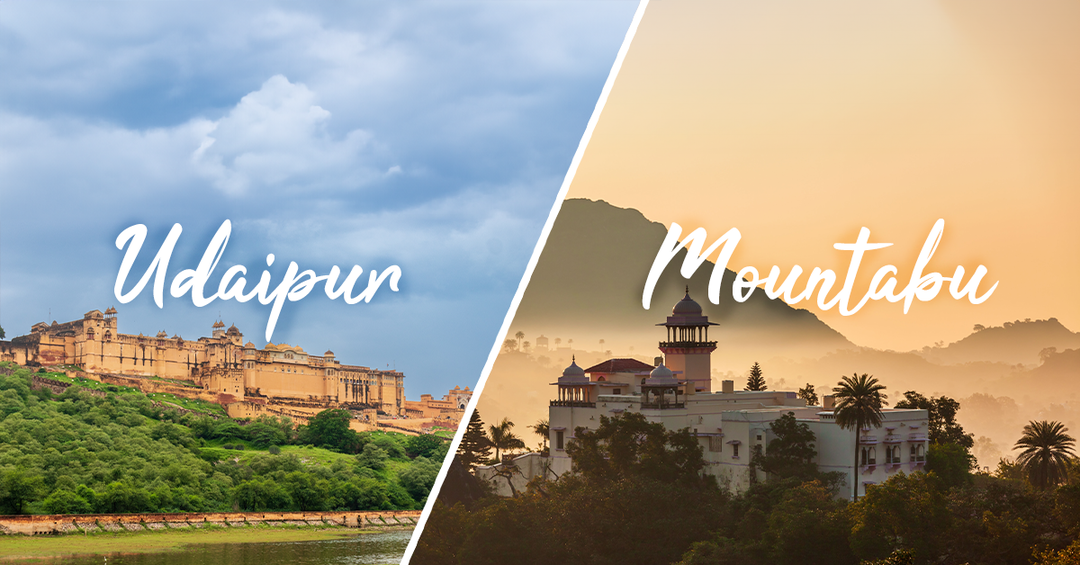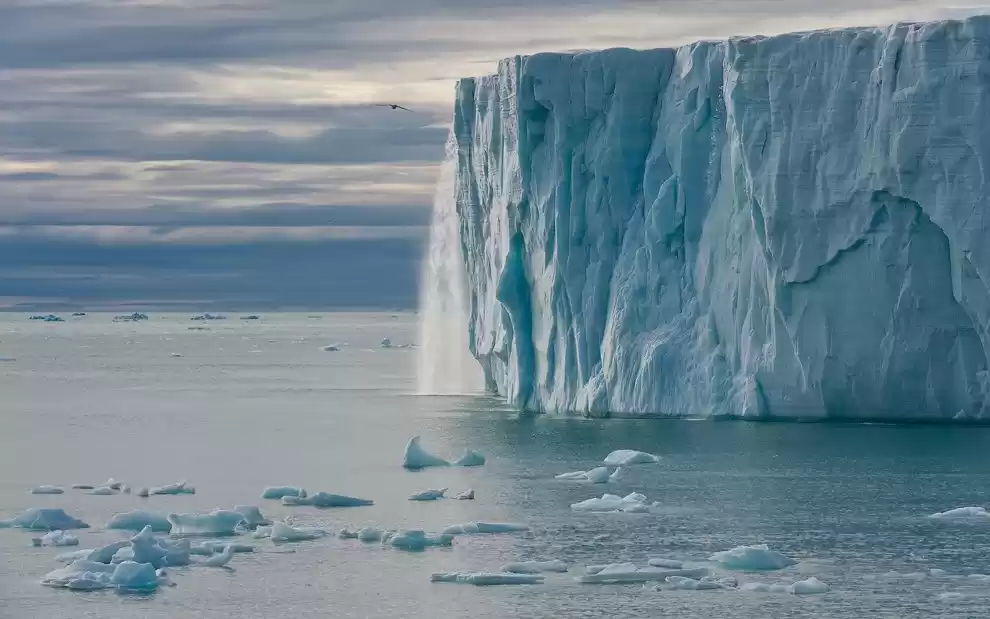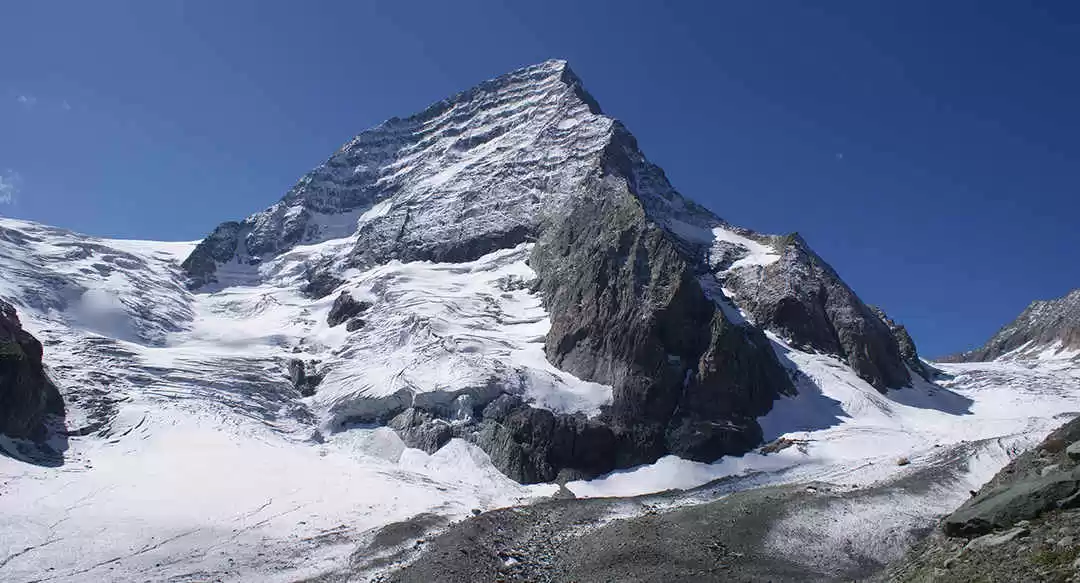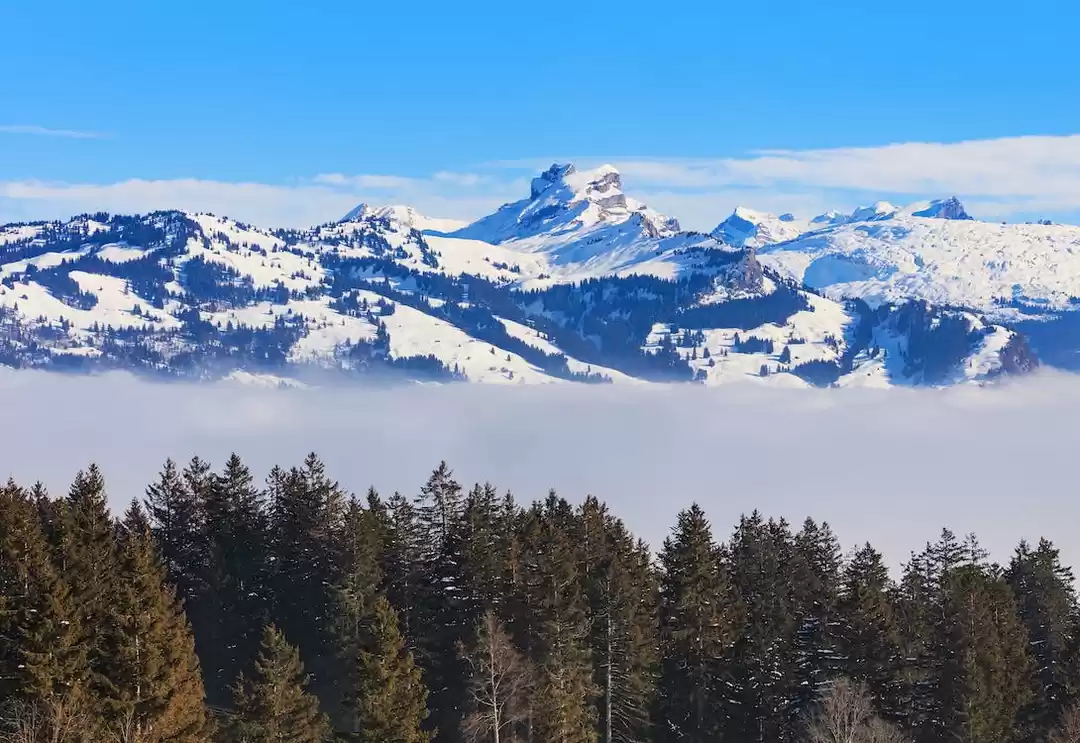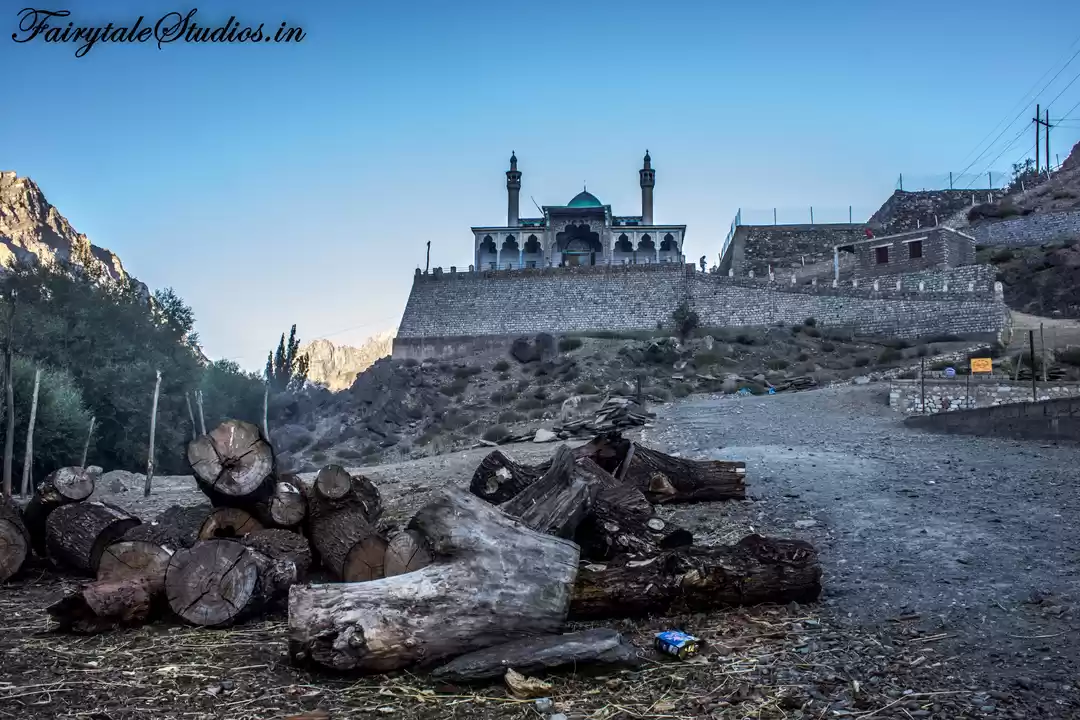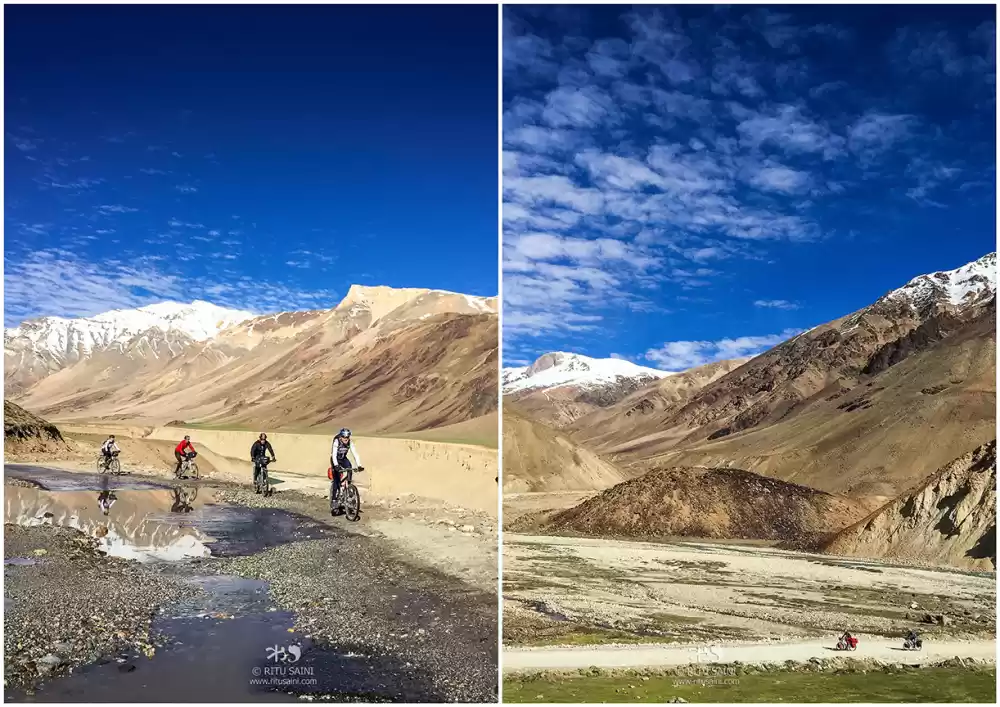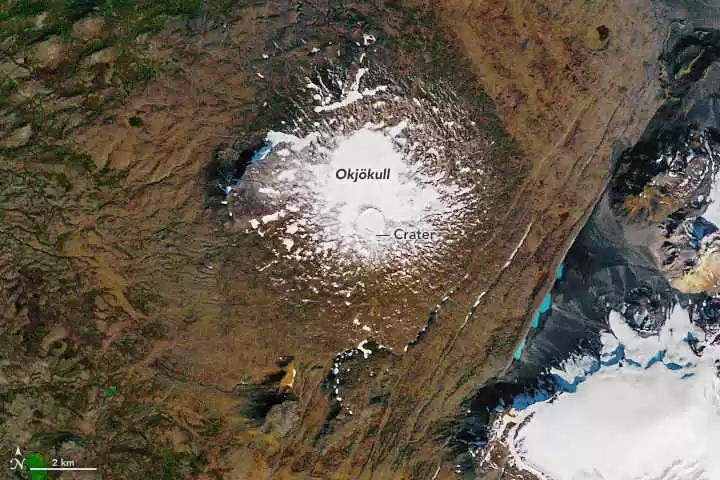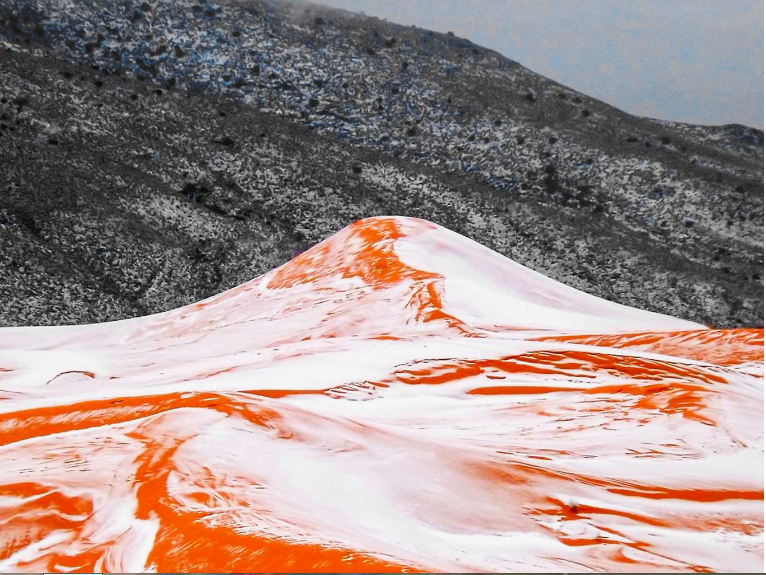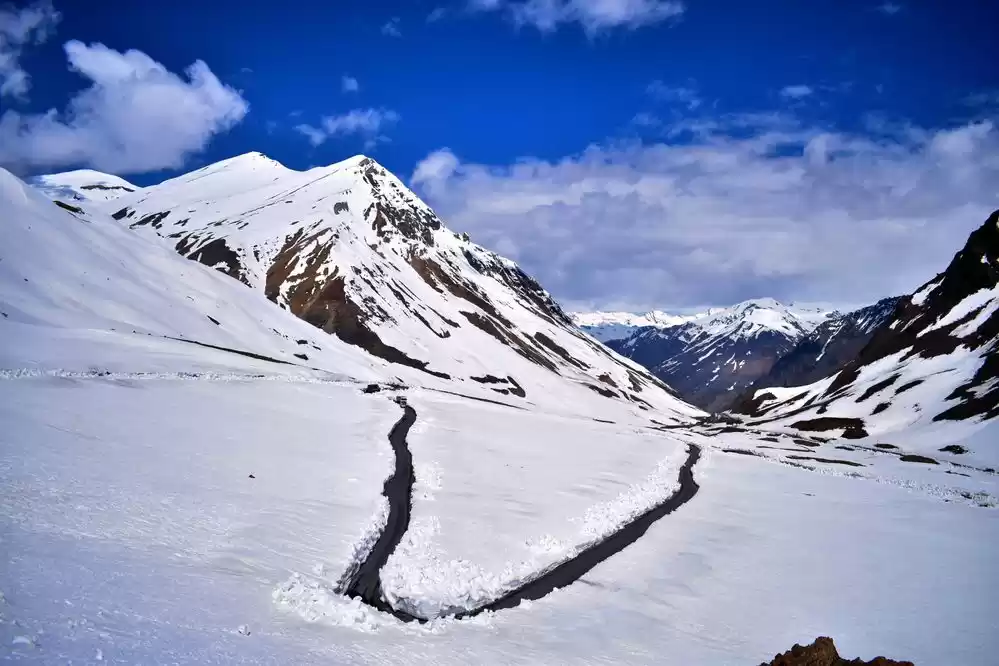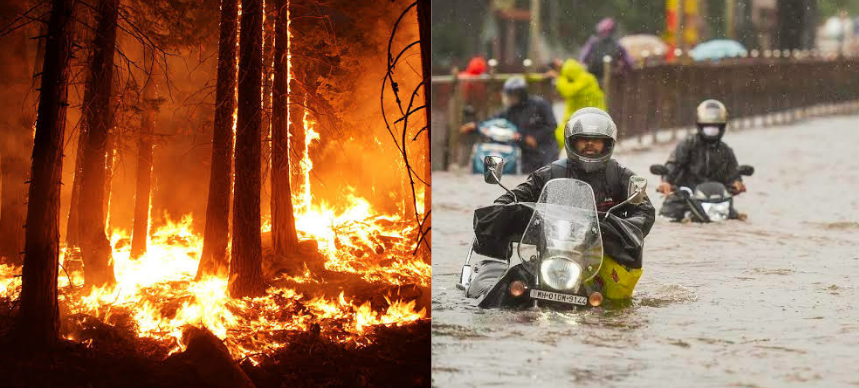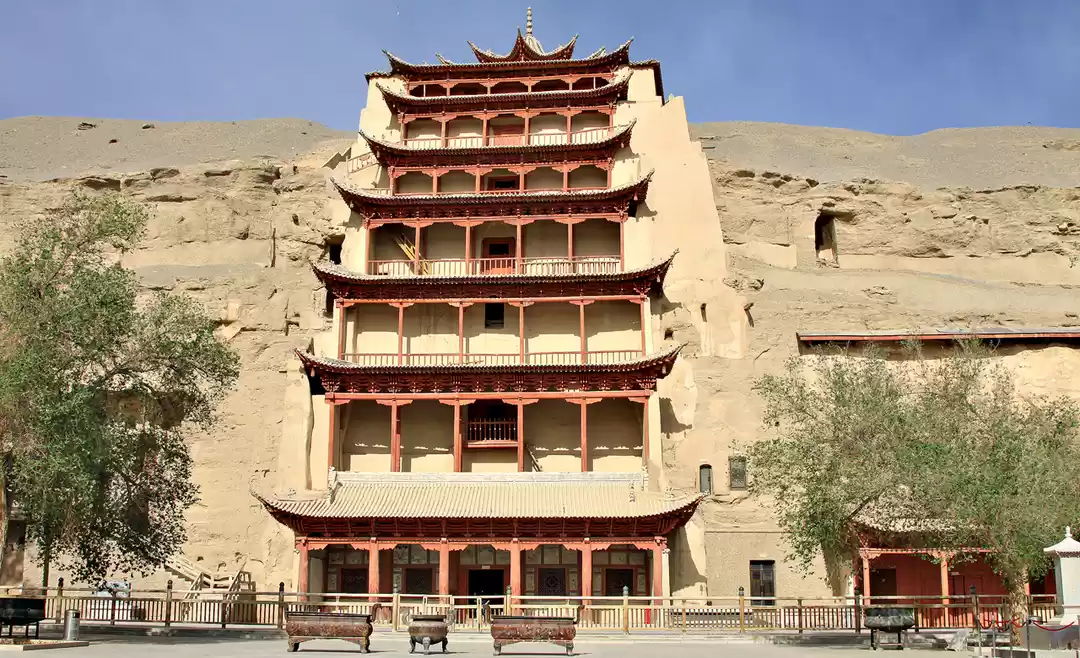
Imagine a glacier that is so huge that it covers an area of 71 square kilometres and stretches for 18 kilometres. Now imagine that this glacier is melting at a rate that is six times faster than before, creating three new lakes deeper than an average skyscraper.
And finally, imagine that these lakes could burst at any moment, unleashing a massive flood that could wipe out everything in its path. This is not a plot of a disaster movie but a reality that is unfolding in the Himalayas.
A recent study by scientists from the Wadia Institute of Himalayan Geology, Dehradun, has revealed that the Parkachik Glacier in Ladakh is undergoing rapid changes due to climate warming, resulting in the formation of three potential glacial lakes that could pose a threat of glacial lake outburst floods (GLOFs) in the region. Read on to know the whole story!
The Shrinking Glacier

The Parkachik Glacier is one of the largest glaciers in the Suru River valley, a part of the Southern Zanskar Ranges in the western Himalayas. The Zanskar Range lies in Ladakh's union territory, known for its cold and arid climate.
However, the glacier has been losing its mass and area due to ongoing climate warming, which affects its surface morphology or shape. The scientists used satellite data to measure the glacial retreat from 1971 to 2021 and found that the yearly melting rate was six times faster between 1999 and 2021 (22 years) than that calculated from 1971 to 1999 (28 years). The findings are published in the journal Annals of Glaciology.
The Emerging Lakes & Flood Risk

Melting glacier forms lakes that can burst and flood. Earthquakes, landslides, avalanches, or water pressure can trigger glacial lake outburst floods (GLOFs). These are fast and fierce floods that harm downstream areas.
Scientists found three possible lakes on Parkachik Glacier at different heights. These lakes are deep (34-84 metres) and extensive (43-270 hectares). They can cause GLOFs in the Himalayas, where many have happened before.
The Need For Monitoring

The study highlights the need for regular monitoring and assessment of the glacial lakes in the Himalayas, especially in the context of climate change. The scientists suggest that remote sensing techniques and field surveys can be used to map and analyse glacial lakes and their hazards.
It's also recommended that early warning systems and disaster management plans should be developed and implemented to reduce the risk of GLOFs and protect the lives and livelihoods of people living in the downstream areas.
You can also connect with me on Instagram & YouTube.
Ready to travel for free? Earn credits and redeem them on Tripoto’s weekend getaways, hotel stays and vacation packages!
Think we missed out on something? Tell us about it in the comments below. Or write about it here on Tripoto and earn Tripoto Credits!





